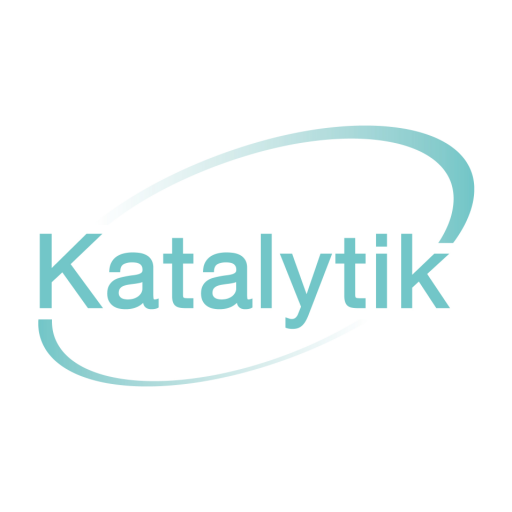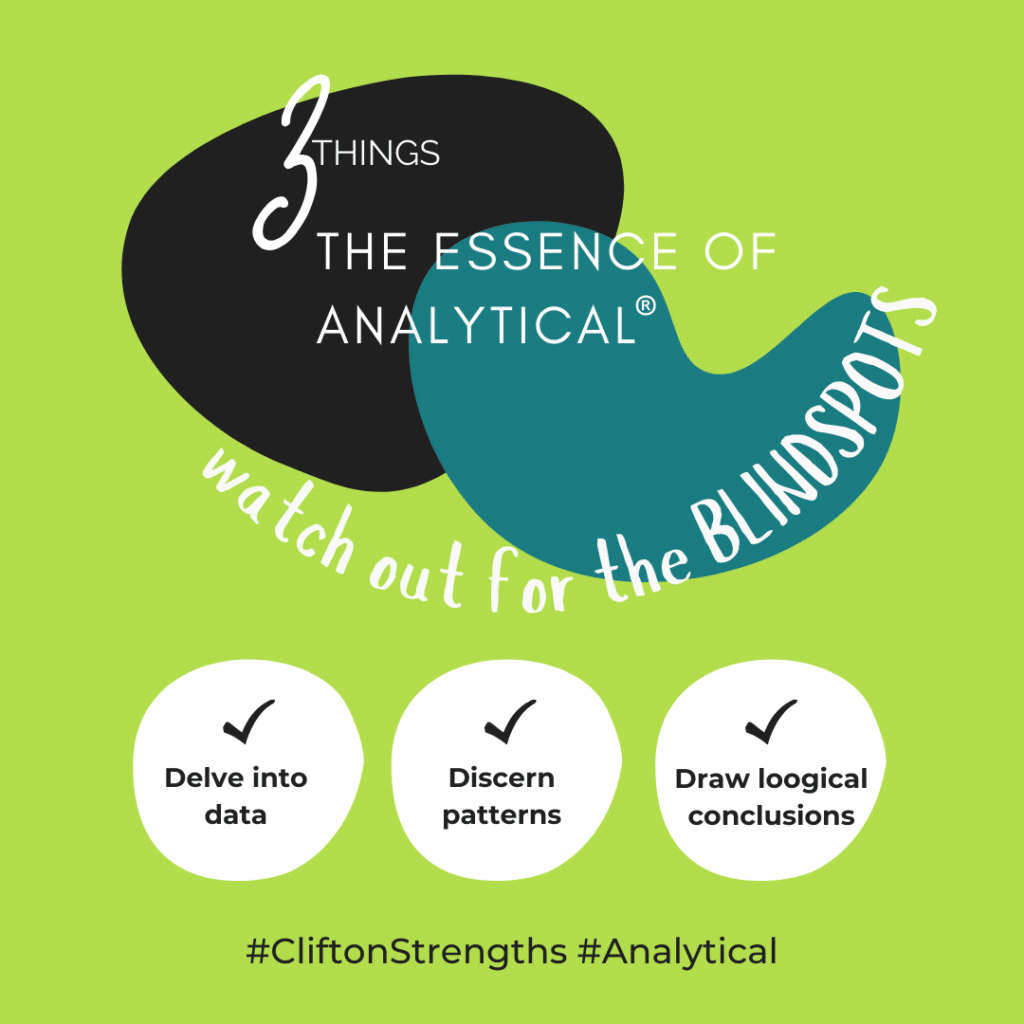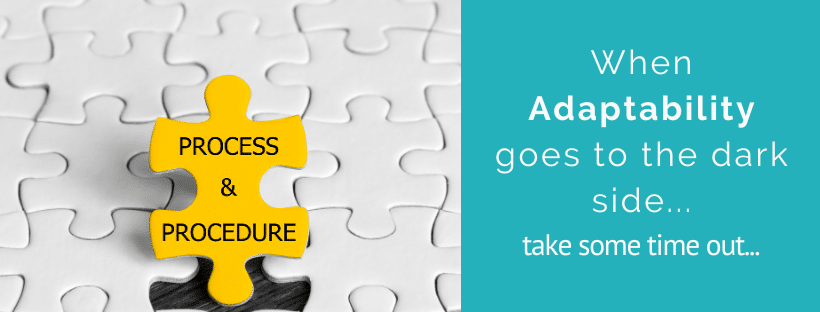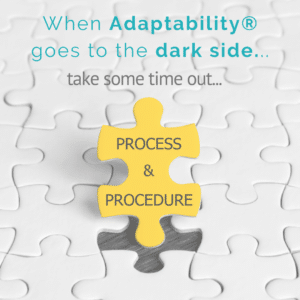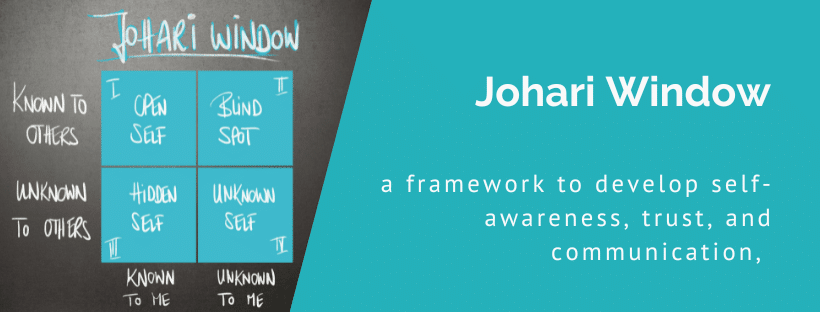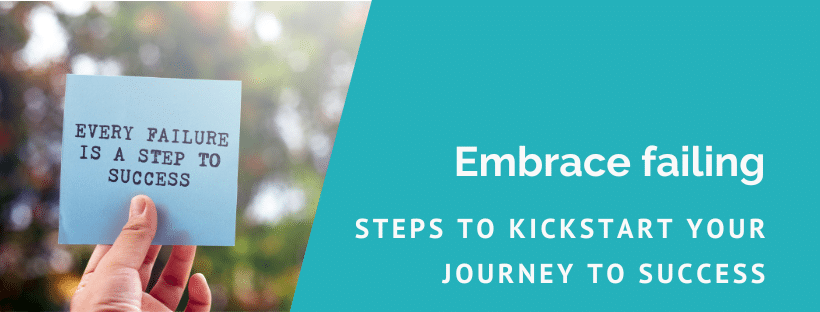When your CliftonStrength Arranger gets in your way
When your Arranger goes to the dark side
The CliftonStrengths framework identifies 34 distinct talent themes, each representing a specific way of thinking, feeling, and behaving. Among these, the Arranger® strength is characterized by the ability to organize and manage multiple variables to achieve success. Individuals with Arranger® are natural coordinators, adept at juggling numerous tasks and responsibilities. However, like all strengths, Arranger® has potential blind spots. In this blog, we’ll explore these blind spots and suggest complementary strengths that can help mitigate them. Knowing how your Arranger works for you means you can notice when it gets ‘stretched’ and can impact on your wellbeing.
And for ideas how your Arrnager might come across to others, and what you can do about it, read our whitepaper on conflict and communication, it contains a table of all 34 CliftonStrengths.
Understanding Arranger® as a strength
Individuals with the Arranger® strength thrive in dynamic environments. They are at their best when managing complex scenarios, finding the most efficient configurations of people and resources to achieve a goal. They are flexible, adaptable, and thrive on figuring out how all the pieces and resources can be arranged for maximum productivity.
Common blind spots of Arranger®
- Over-control and micromanagement
With Arranger® dominant, people often believe they can manage everything better than anyone else. This can lead to micromanagement tendencies, which can stifle team members’ creativity and autonomy. The need to oversee every detail can create bottlenecks and delay decision-making processes. Friction and frustration are common outcomes when two or more Arrangers® are on the same project.
- Risk of overwhelm and burnout
The desire of Arranger® to handle multiple tasks simultaneously can lead to taking on too much. This overcommitment can result in stress, burnout, and a decrease in overall effectiveness. The constant juggling can become overwhelming, especially when unforeseen challenges arise.
- Inflexibility under pressure
Although your Arranger® theme inherently makes you generally flexible, it can make you less accommodating under pressure. When your carefully organized plans are disrupted, you may become frustrated and struggle to adapt, potentially leading to wasted energy and decreased performance.
- Neglecting long-term planning
Knowing that you are inherently truly competent at managing immediate needs and short-term goals, means you may sometimes neglect long-term planning. Your intense focus on the present causes you to overlook future implications, which can be detrimental in strategic contexts.
Strengths to partner with Arranger®
To mitigate these blind spots, finding a partner with other high ranking themes – or complementary strengths – can help you create a more balanced and effective approach. Here are some suggestions that can help you catch your blind spots before they cause too much trouble for you!
- Strategic®
Individuals with the Strategic strength are adept at seeing patterns and anticipating future scenarios. They excel at long-term planning and can help your Arranger® maintain a broader perspective. Collaborating with Strategic, ensures that your immediate plans align with long-term goals, reducing the risk of missing important future implications.
- Analytical®
A colleague or partner with Analytical® dominant in their profile brings a deep understanding and joy of data to our projects and the ability to break down complex information into manageable parts. Partnering with Analytical individuals can help you make more informed decisions, preventing you from overcommitting or missing critical details. Your Analytical partner(s) can provide a reality check, feedback and also ask you what might at first appear to be challenging questions, be brave, their involvement means your plans are feasible and grounded in data.
- Adaptability®
While your Arranger® talent means you are inherently flexible, if things get challenging, under stress, partnering with someone who has the Adaptability® strength can help maintain a calm and flexible approach in the face of disruption. Their calm approach thrives in times of chaos and stress and can provide a calm vibe and can help you navigate unexpected changes smoothly.
- Communication®
Working on complex plans you will find a Communication® partner is valuable, bringing clarity and understanding among team members. Articulating your plans effectively, reduces the risk of being over controlling and micromanagement. Clear communication fosters trust and autonomy within the team, allowing your Arranger® to focus on coordination rather than control.
- Focus®
Individuals with the Focus® strength have a strong ability to concentrate on goals and prioritize tasks. They can help you maintain direction and avoid becoming overwhelmed by too many simultaneous tasks. By keeping the team aligned on the most critical objectives, your Focus® partner can prevent you being stretched across too many tasks.
Practical action
- Delegate effectively
Leveraging the strengths of the whole team by sharing the work out that that aligns with their talents shows trust. Trusting others to handle specific responsibilities again reduces the tendency your Arranger® gives you to micromanage and lets your free up your time for higher-level coordination.
- Set boundaries and prioritize
Your Focus® partners are vital to help set clear priorities and boundaries. Identify the most critical tasks and allocate time accordingly. This collaboration helps avoid overcommitment and means you maintain a manageable workload.
- Engage in strategic planning and deep listening
Regularly checking in with your colleagues and particularly engaging with Strategic partners means you review long-term goals and align short-term plans with these objectives. Incorporate strategic thinking into the planning process to ensure a balanced approach that considers both immediate needs and future implications.
- Foster and engage in open communication
Encourage, and participate in, open communication within your team. Work with Communication partners to establish clear channels for feedback and discussion. This openness can prevent misunderstandings and create a more collaborative and autonomous work environment.
- Embrace flexibility
Recognize that plans may need to change and be open to input from all team members. Embrace a mindset that values flexibility and resilience, especially when faced with unexpected challenges. And be aware especially if someone else in your team has a high Arranger® strength.
6. Notice how your Arranger affects your mood
Staying on top of one of your best themes means you can manage your wellbeng better. Read this blog from Gallup.
Conclusion
Your Arranger® strength is a powerful asset in any team. Your innate talent gives you capacity to manage complexity and drive efficient outcomes and amazes others. However, awareness of its blind spots and building strategic partnerships with complementary strengths can enhance its effectiveness. And maintain team sanity. By collaborating with individuals who possess Strategic, Analytical, Adaptability, Communication, or Focus strengths, mitigates negative impacts of the blind spots and creates a more balanced, productive, and resilient team dynamic. Embracing these partnerships and leveraging diverse strengths can lead to greater success and fulfillment in both personal and professional endeavours. Above all, take note of how yo come across, check in with your colleagues (or family) and invite them to sape the plans.
